
Have you ever hopped into your car, ready for a ripper road trip, only to find your back screaming for mercy halfway through? Yeah, we’ve all been there. It’s a classic Aussie dilemma: the open road beckons, but that stock-standard driver’s seat feels like a medieval torture device after a few hours. Finding the best driver seats in Australia for those vintage drives is about comfort and survival. You need something that will keep you alert, pain-free, and mindful to tackle whatever the road has for you, whether a dry outback track or the Hume Highway over a long weekend. With the Easter long weekend approaching and the autumn road trip commitments, let's get into what you need.
What driver seat features reduce road trip fatigue?
When you're up against a 10-hour drive, fatigue is your nemesis. You need a seat that's got your back – literally. Don't even consider those thin, flat seats that cars typically come standard with. You need something with:
Lumbar support: No compromise. It will align your spine and save you from that nagging lower back ache.
Adjustable height and tilt: Position your legs to avoid cramps and improve circulation.
Heated and cooled options: Convenient in those sweltering summers and freezing winter mornings.
Recline feature: Being able to adjust your posture is a winner.
Side bolsters: Keeps you in place when tackling those winding roads.
How does seat material affect long-drive comfort?
The material makes a big difference. You wouldn't be walking around in a plastic bag on a hot day, would you? Same idea for your car seat.
Cloth: Breathable, comfortable, and generally cooler than leather. Perfect for those long summer drives.
Leather: Flashy looking but can get hot and sticky. It's durable, though.
Mesh: Excellent ventilation, excellent for hot climates.
Consider the weather you're driving in. The high-end, mesh or breathable fabric is a no-brainer if you drive.
Are racing seats suitable for long road trips?
Now, before you begin throwing a racing bucket seat into your family wagon, wait a minute. Racing seats are designed for one thing and one thing only: performance. They're great at keeping you planted on the track, but they're not usually very good at road trips. They don't adjust much and can be uncomfortable after an hour or two. Unless you're going to be taking the scenic route via the racetrack, you're better off with something more ergonomic.
What's the best seat adjustability for long drives?
The more, the merrier. You'll want to be able to tweak your seat until it's perfect. Seats with the following are a must:
Lumbar support adjustment (height and depth)
Height adjustment
Tilt adjustment
Recline adjustment
Thigh support adjustment
Shifting your seat position while driving staves off stiffness and fatigue.
Do heated driver seats help with back pain?
Indeed. Heat therapy is an absolute method of relieving muscle tension and pain. A warm seat can work magic on a sore back, especially on cold mornings or driving at night.

How important is lumbar support in driver seats?
Think of lumbar support, your masseuse for your back. It keeps your spine in its natural curve so you don't strain and get injured. You'll know when you get to the next roadhouse if you don't have it.
What driver seat size is ideal for long trips?
Size does make a difference. You require a broad seat to keep you cozy but not so wide that you're slouching across it. Consider the seat cushion width and depth and ensure it suits your stature.
Case Study
Comfort and ruggedness are most important when choosing driver seats for lengthy drives. I conducted a case study of a commercial vehicle seat vendor in the Asia Pacific. A long-distance bus transport company suffered from driver fatigue due to substandard seating, leading to more stops and lower efficiency. Drivers reported significantly less strain and discomfort after switching to a high-quality, ergonomically designed seat with lumbar support, armrests, and individualised cushioning. The seats were also ADR-68 and ECE certified for safety, meeting stringent standards. Their lightness also improved fuel efficiency—incredibly precious for electric buses. The transport company experienced a noteworthy decrease in complaints from drivers and maintenance costs, affirming how the right seat can optimise the car's comfort, security, and general performance. Investing money in high-quality, adjustable seating is not a matter of convenience—it's a cost-saving measure and efficiency.
Tips for maximising comfort.
Take breaks: Pull over every few hours and stretch your legs and breathe fresh air.
Use a seat cushion: If your seat isn't quite comfortable yet, a good seat cushion can make all the difference.
Keep hydrated: Dehydration leads to muscle fatigue.
Change position occasionally: Even with a good seat, adjusting your position a little will prevent stiffness.
Use cruise control: Wherever it is safe to do so. This will reduce leg fatigue.
Conclusion
Picking the right driver's seat for long road trips is not an extravagance; it's essential. It's an investment in your comfort and health, so you can love those fabled Aussie road trips without paying the price of pain in your back. Take the time to find a seat that suits you, and you'll be driving for years in ease. A "good rig" is only good as the chair you sit upon.

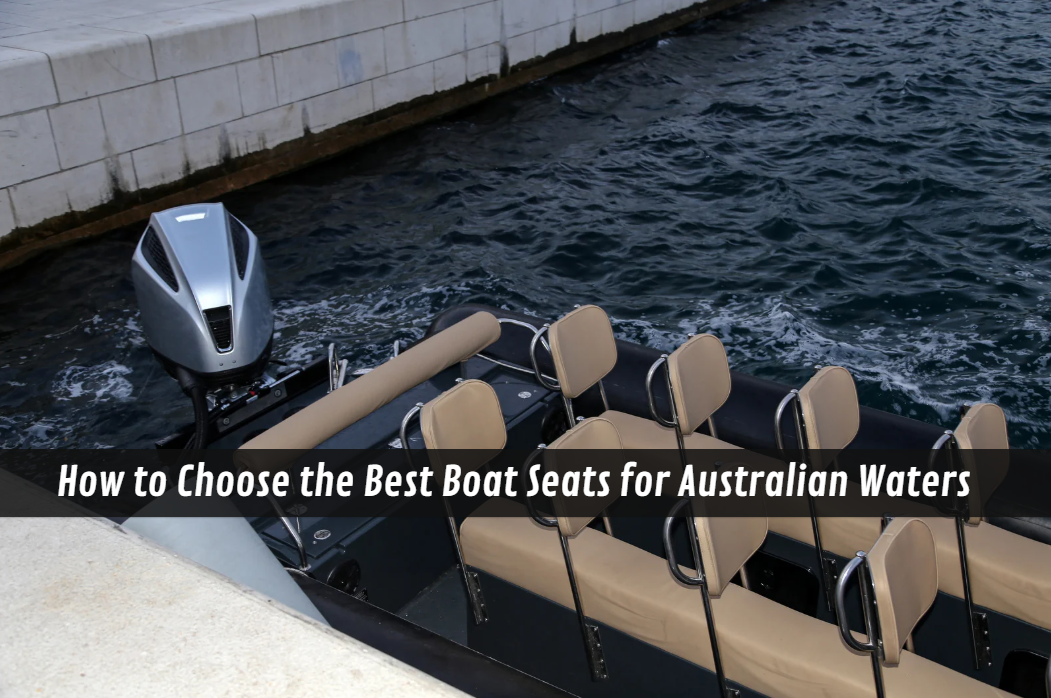
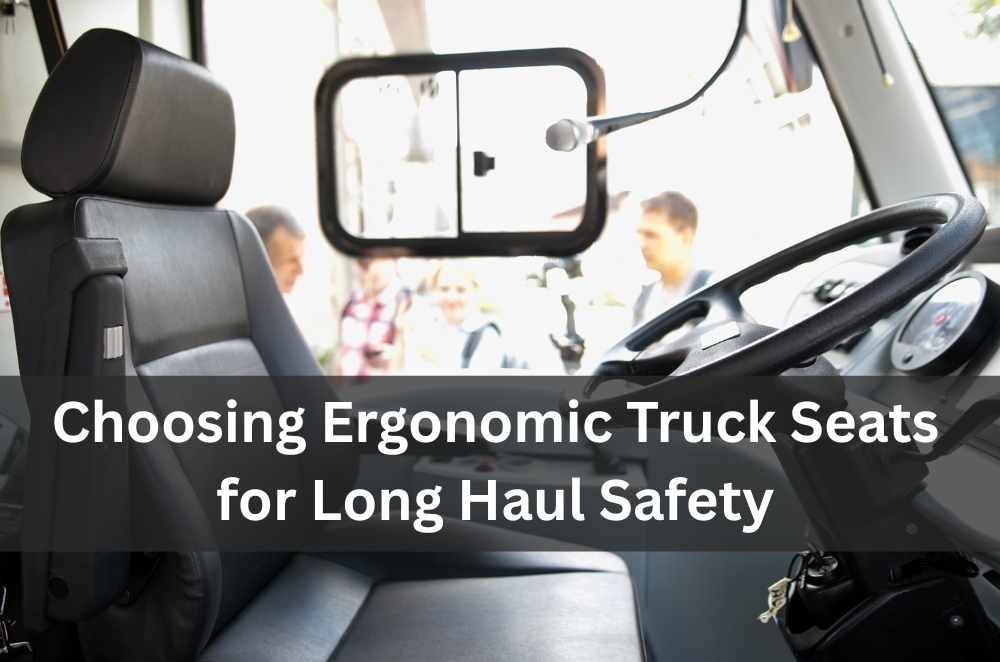

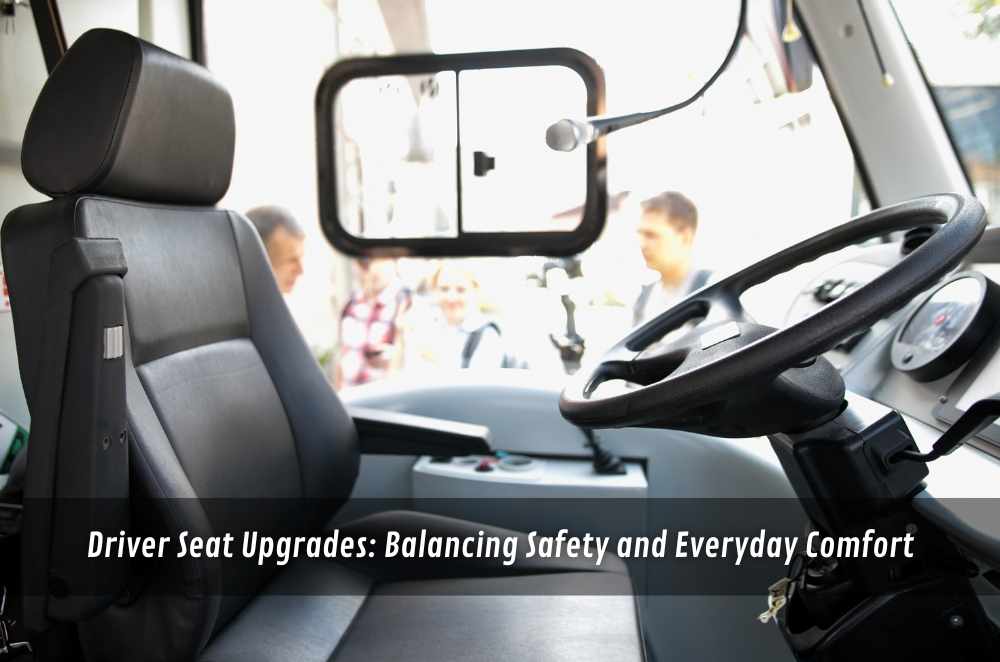
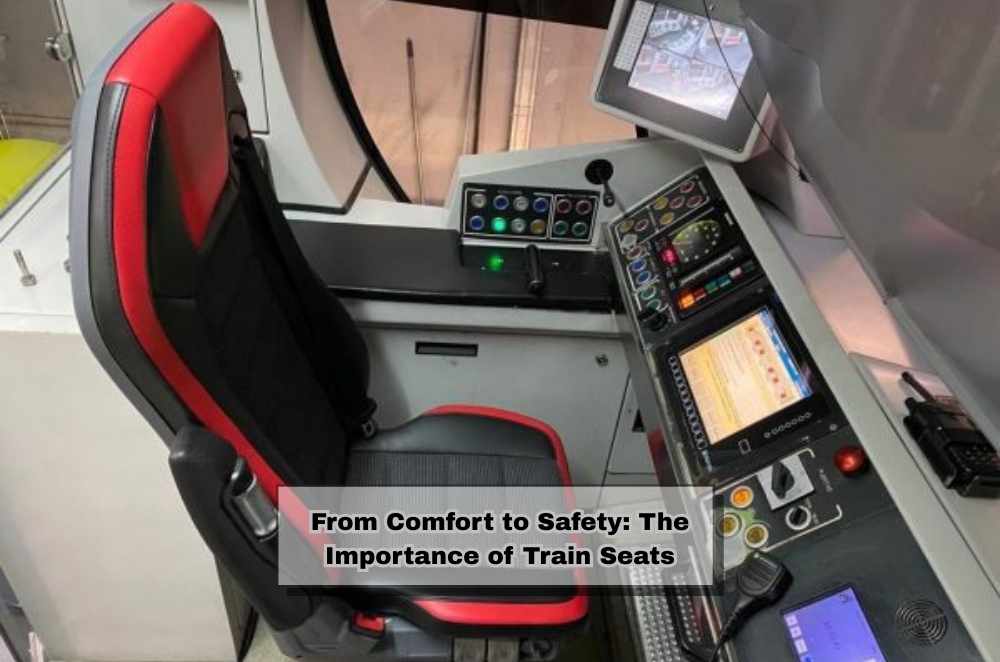
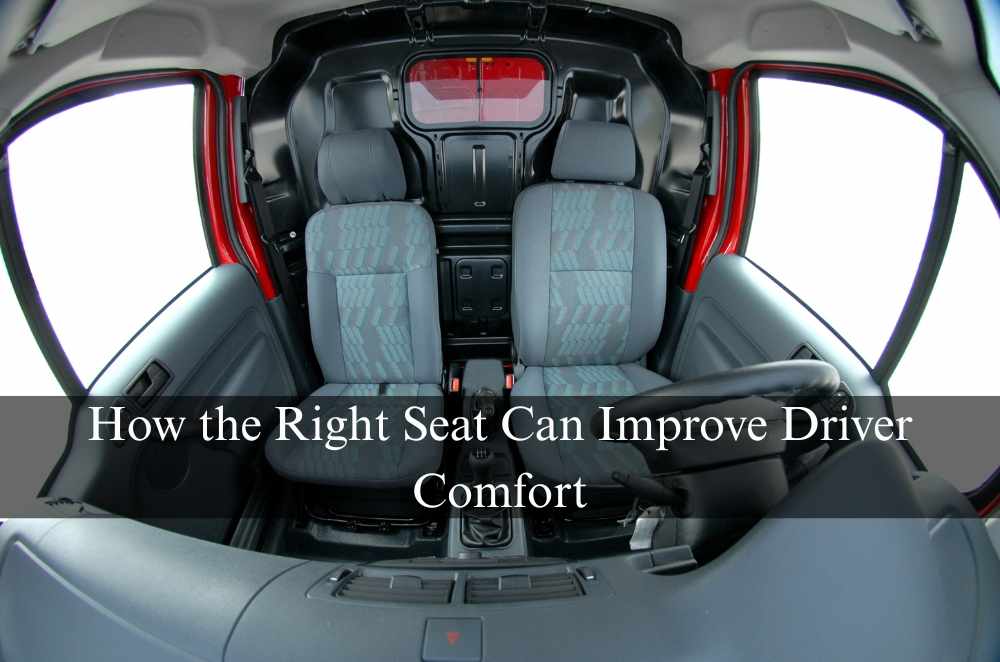


Write a comment ...